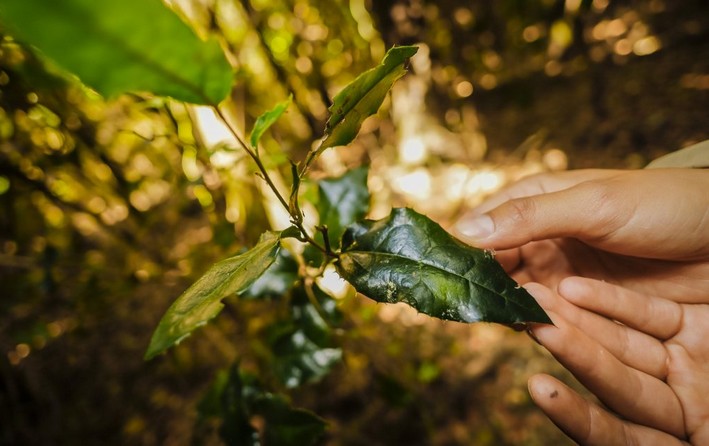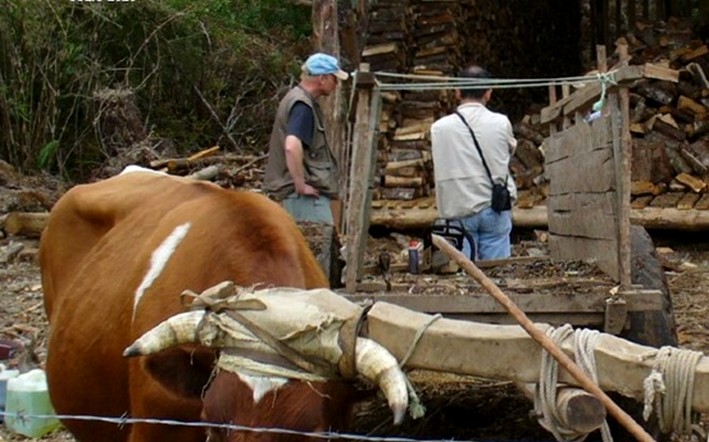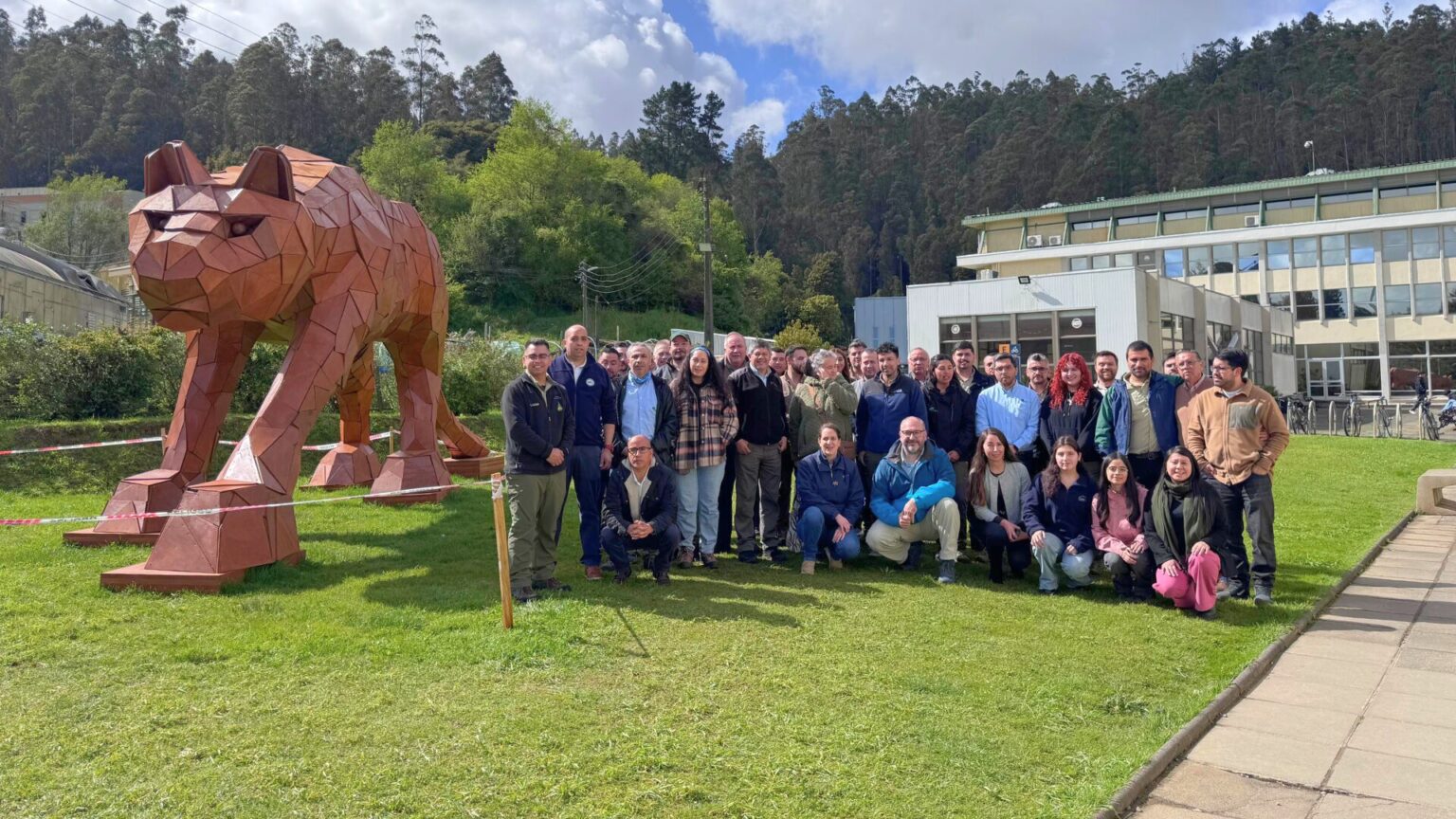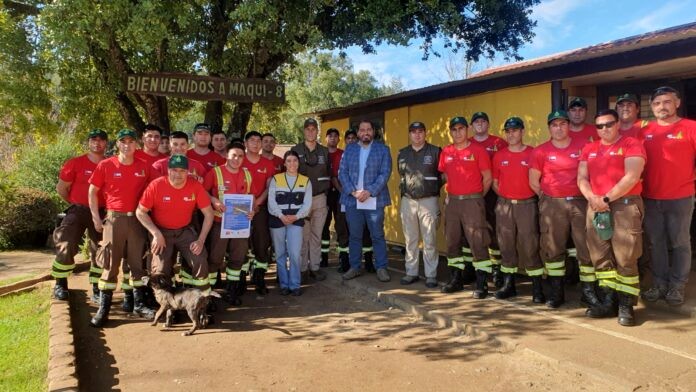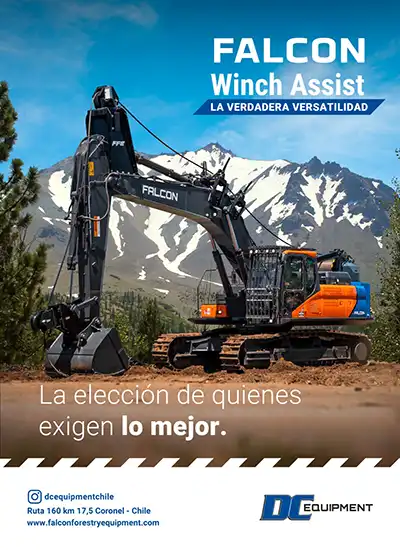UdeC Calls for Prevention and Care of Flora and Fauna Amid Forest Fires
Specialists in Forestry, Territorial Planning, and Animal Science participated in the discussion "Forest Fires: Life Between Fire and Ashes," part of UdeC's Contemporary Dialogues, addressing how forest fires affect territorial configuration, wildlife health, and ecological balance.
The dialogue featured the attendance of Assistant Professor from the Department of Animal Science and Director of the ANDES-UdeC Wildlife Rehabilitation and Education Center, Dr. Paula Aravena Busto; Associate Professor from the Department of Forestry, Dr. Eduardo Peña Fernández; and Associate Professor from the Department of Territorial Planning and Urban Systems, Francisco De la Barrera Melgarejo.
Prevention, Consequences, and the Role of Plant and Animal Species
Professor Eduardo Peña commented that "large-scale fuel, such as that from native forests, causes the fire to burn for a longer time, whereas with fine fuel, the fire will not last more than five minutes."
Similarly, Francisco de la Barrera detailed the configuration of the national landscape and how it has transformed, particularly the new contact areas between inhabited zones and forest plantation sectors.
"Precisely in this region, we have one of the largest risk zones due to the extensive contact area between inhabited and dense residential sectors. Even as in Penco, with forest areas, some managed and others with less management," he asserted.
Meanwhile, expert Paula Aravena expressed concern for slower, ground-dwelling animals that cannot escape as easily, affecting the balance of wildlife.
"Let's remember that most reptiles in Chile are major pest controllers, so after the fire, when these animals are no longer present, pests can emerge and bring significant problems for human communities," she stated.
Consequences of the Fires
In this new edition of Contemporary Dialogues on Forest Fires, it was also highlighted that fire outbreaks not only affect locally but can also bring pollution problems to areas farther than expected. Smoke can travel kilometers, and in that regard, Francisco de la Barrera noted that there are contingency measures associated with fires that must be applied in locations distant from the affected sector.
In turn, he said that during pollution events due to forest fires, certain measures should be increased, such as the use of masks, as they can capture pollutants remaining in the environment, preventing more serious illnesses.
"We should have measures as strict or stricter than those we take in winter for pollution, because on a day with strong forest fires, we can have three or four times the levels of winter, although they last one or two days, but those acute effects are very important," he emphasized.
Animals are profoundly affected by fires; in fact, Professor Paula Aravena presented an interesting point: they suffer from a state of post-traumatic shock.
They tend to exhibit very harmful behaviors towards themselves, were affected by the smoke, and the sound of wind in tree leaves causes them deep distress.
"We must gradually increase the perception of the natural environment through the senses, but not all five senses at once, rather partially, first smell, then feeling the wind," detailed the same specialist regarding the work carried out by the Wildlife Rehabilitation and Education Center she directs, in cases of specimens arriving damaged during these events.
The treatment continues until the animal is ready to be reintegrated into the wild, she specified.
Recovery of Flora and Fauna
In the area of repairing affected zones, the panelists highlighted the need for a cross-disciplinary approach across different fields.
Therefore, academic Eduardo Peña explained that the role of pioneer species in post-fire restoration is crucial, such as the oak that provides a starting point for other species, allowing long-term diversification of flora.
Regarding post-disaster restoration, academic Paula Aravena noted that although caring for burned patients is truly costly, it is worth it, as "one of the great post-fire recoverers are the animals," she asserted.
They help restore the area much faster than humans could, especially the pudú, which by eating native flora seeds improves their fertilization, or the monito del monte, which is capable of dispersing seeds in forest sectors.

